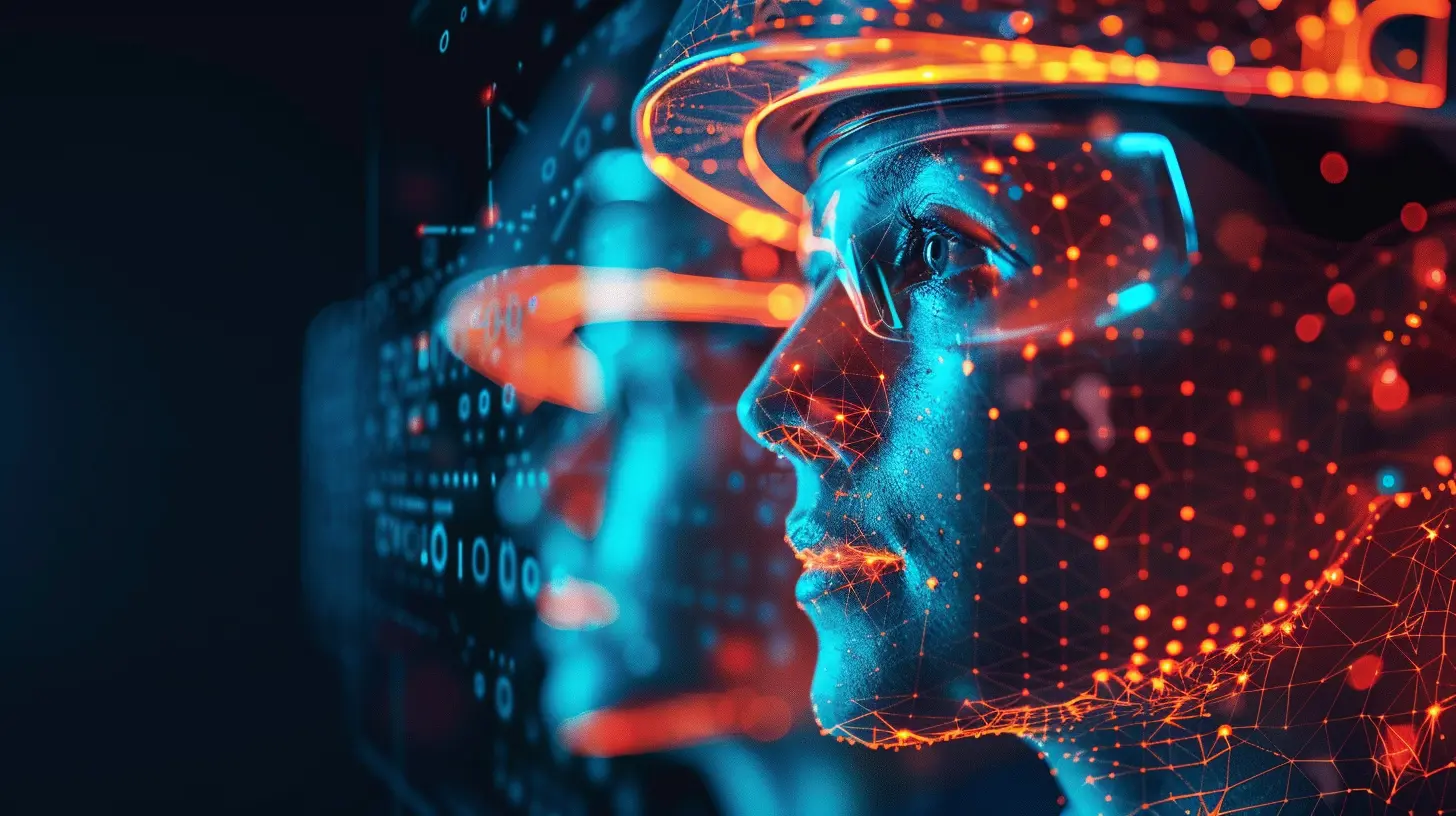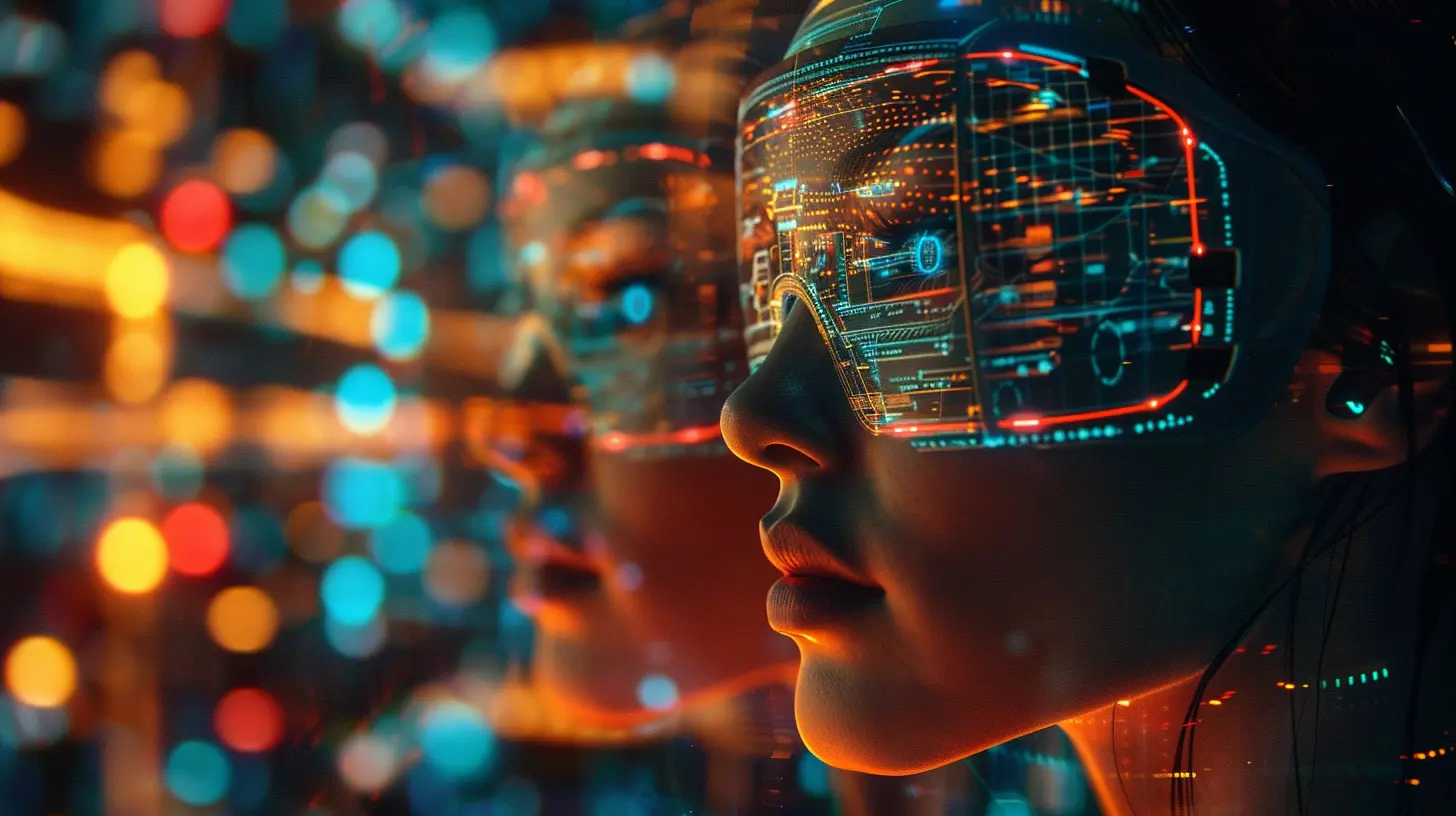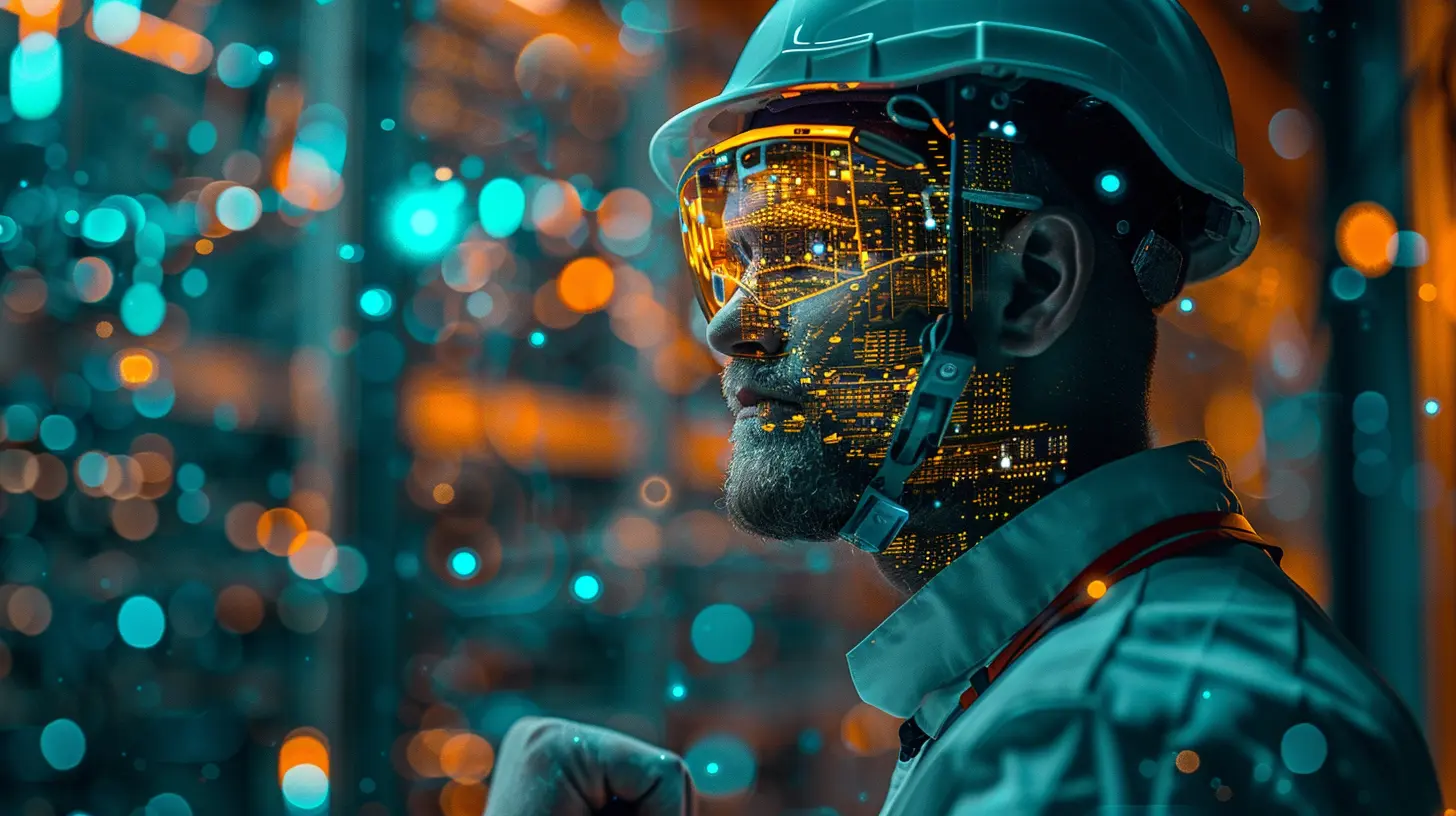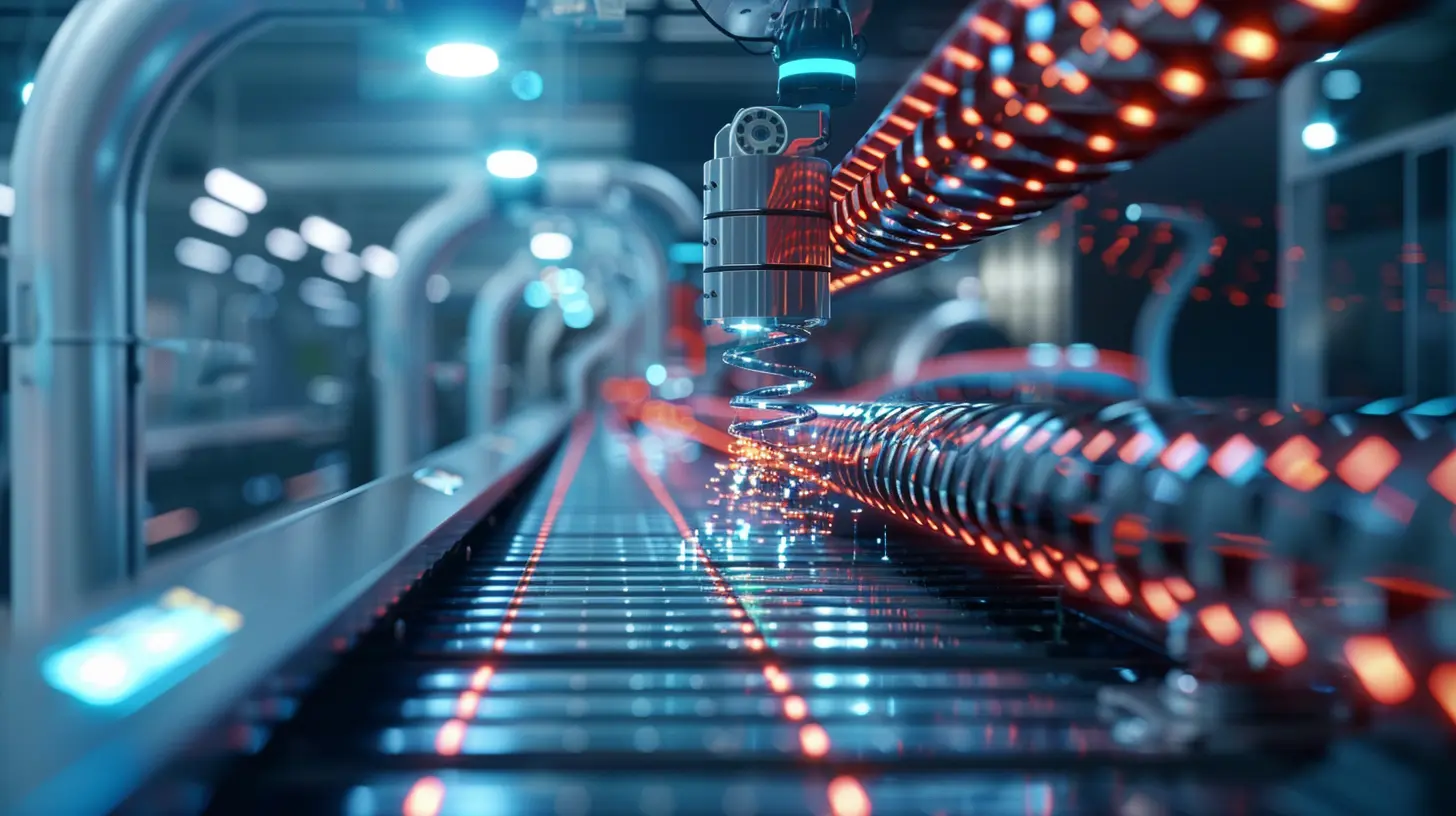How Digital Twins are Revolutionizing Industry 4.0
19 October 2025
Welcome to the era of Industry 4.0—the fourth industrial revolution, where machines aren’t just working harder, they’re working smarter. And what’s one of the biggest game-changers in this revolution? Digital twins.
Oh, you haven’t heard? Well, buckle up because we’re about to dive into how digital twins are shaking up industries, optimizing processes, and making businesses run like a well-oiled machine (literally).

What Is a Digital Twin, Anyway?
Alright, let’s break it down in the simplest way possible. A digital twin is a virtual replica of a physical object, process, or system. Think of it as your product or factory’s high-tech doppelgänger, but with superpowers.This isn’t just a fancy 3D model—no, no, no. A digital twin collects real-time data from sensors, analyzes performance, predicts failures, and even recommends improvements. It’s like having an all-knowing, all-seeing version of your asset that whispers, "Hey, here’s how to work smarter!"

The Marriage of Digital Twins & Industry 4.0
So, what happens when digital twins and Industry 4.0 join forces? Absolute magic. Industry 4.0 thrives on automation, IoT, AI, machine learning, and big data, and digital twins are the ultimate enablers.By mirroring physical assets in real-time, businesses can optimize operations, reduce downtime, and cut costs—all while improving efficiency. That’s a triple win right there.
Now, let's dive into how different industries are harnessing this powerhouse tech. 
How Digital Twins Are Transforming Industries
1. Manufacturing: Precision Like Never Before
The manufacturing industry was practically made for digital twins. Imagine running an entire factory without unnecessary downtime, wasted materials, or unexpected breakdowns.With digital twins:
- Predictive maintenance becomes effortless. Machines alert you before something breaks.
- Production lines get optimized on the fly, reducing waste and improving efficiency.
- Real-time testing means manufacturers can tweak designs before physically building anything.
No more relying on gut instinct—these twins give data-driven decision-making a whole new meaning.
2. Healthcare: A Twin for Every Patient?
Healthcare is getting a next-level upgrade with digital twins. Think personalized medicine but on steroids.- Virtual models of organs allow doctors to test treatments before touching a patient.
- Real-time patient monitoring helps predict health issues before they become life-threatening.
- Medical device companies can simulate performance, fine-tuning prosthetics or implants before production.
Imagine doctors running simulations on your digital twin before performing surgery. That’s the future, and it’s happening now.
3. Smart Cities: Building the Future Before It’s Built
Ever wish a city could think before making big changes? Digital twins make it possible.- Traffic flow optimizations reduce congestion before a single road is built.
- Energy efficiency models improve sustainability and lower costs.
- Disaster simulations help cities prepare for everything from earthquakes to floods.
Urban planning is no longer a shot in the dark—it’s a calculated, data-driven strategy that turns a city into a living, breathing system.
4. Aerospace & Automotive: Zero Room for Error
If you think manufacturing benefits from digital twins, wait until you see what happens in aerospace and automotive:- Aircraft manufacturers can simulate flight stress without ever leaving the ground.
- Automotive companies can test safety features without crashing prototypes.
- Pilots and drivers can train using virtual replicas that mimic real-world stressors.
Safer flights and smarter cars? Sign us up.
5. Supply Chain & Logistics: No More Guesswork
Supply chains are notorious for unpredictability, but digital twins are here to change that:- Real-time inventory tracking prevents overstocking or understocking.
- Route optimization cuts down shipping delays.
- Predictive analytics keep disruptions (like weather events) from wrecking deliveries.
In other words, companies can avoid the “Where the heck is my package?” nightmare. 
Why Digital Twins Are the Ultimate Industry 4.0 Hack
Now that we’ve covered industries, it's clear—digital twins aren’t just cool; they’re necessary. Here’s why:1. They Cut Costs Like a Boss
Less downtime? Fewer maintenance costs? Smarter resource allocation? Yeah, digital twins slash expenses across the board.2. They Supercharge Efficiency
From factories to hospitals to smart cities, digital twins refine systems, remove inefficiencies, and maximize productivity.3. They Make Predictions, Not Just Observations
Forget reacting to problems—digital twins predict them, sometimes days or weeks in advance.4. They Enhance Sustainability
By minimizing waste and optimizing energy use, digital twins make industries greener.5. They Improve Decision-Making
When companies have real-time, data-driven insights, decision-making isn’t a guessing game anymore.Challenges? Yeah, There Are a Few
Of course, digital twins aren’t all sunshine and rainbows. There are some challenges to work out:- High Initial Costs: Implementing sensors and IoT infrastructure isn’t cheap.
- Data Security Risks: More data = more potential cybersecurity threats.
- Complexity in Integration: Getting digital twins to sync with existing systems isn’t always a walk in the park.
But hey, nothing revolutionary ever comes without its hurdles, right?
The Future of Digital Twins: What’s Next?
If you think digital twins are impressive now, just wait. With advancements in AI, machine learning, edge computing, and quantum computing, digital twins are set to become even more powerful.Soon, they won’t just replicate physical systems—they’ll predict, correct, and enhance them in real time without human intervention.
Imagine a self-optimizing factory, a self-regulating power grid, or a self-healing city. Yeah, that’s the futuristic world we’re heading into.
Final Take: Embrace the Revolution
Industry 4.0 is here, and digital twins are leading the charge. If businesses don’t adopt them, they’ll get left in the dust. Period.So, whether you’re in manufacturing, healthcare, urban planning, or supply chain management, digital twins are no longer a “nice-to-have”—they’re a must-have. The future belongs to the industries that embrace this revolution.
The only question left is: Are you ready?
all images in this post were generated using AI tools
Category:
Digital TransformationAuthor:

Jerry Graham
Discussion
rate this article
1 comments
Uri Lopez
Great article! Digital twins really are game changers for Industry 4.0. It's amazing how virtual models can optimize real-world processes—can't wait to see how this technology evolves further!
October 21, 2025 at 10:28 AM

Jerry Graham
Thank you for your feedback! I'm glad you found the article insightful. The future of digital twins is indeed exciting!


